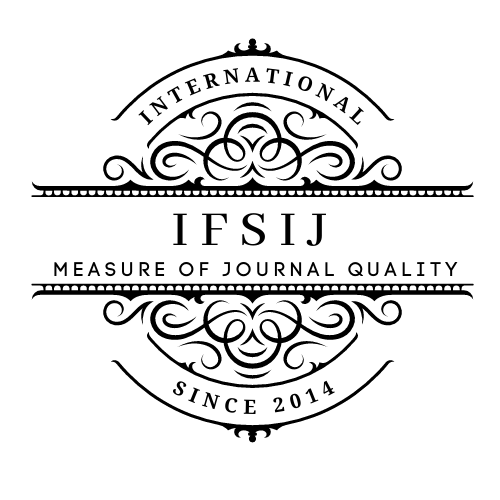CHRONIC ANEMIA: PATHOPHYSIOLOGY, DIAGNOSIS, AND MANAGEMENT
Keywords:
Anemia of chronic disease (ACD), Iron-deficiency anemia (IDA), Megaloblastic anemia, Red blood cells(RBC), Hepcidin, Inflammation, Erythropoiesis, Iron supplementation, Vitamin B12 deficiency, Folate deficiency, Erythropoiesis-stimulating agents (ESAs),Blood transfusion, Complete blood count (CBC),Ferritin.Abstract
Chronic anemia refers to a prolonged reduction in the number of red blood cells or hemoglobin levels, resulting in impaired oxygen delivery to tissues. It often occurs as a complication of chronic diseases such as autoimmune disorders, infections, malignancies, and kidney disease. The pathophysiology of chronic anemia can involve decreased red blood cell production, increased destruction, or chronic blood loss, with the most common forms being anemia of chronic disease (ACD), iron-deficiency anemia (IDA), and megaloblastic anemia. Diagnosis is typically made through laboratory tests such as complete blood count (CBC), iron studies, and vitamin B12/folate levels. Management depends on the underlying cause and may include iron supplementation, erythropoiesis-stimulating agents, vitamin replacement, or blood transfusions. Chronic anemia significantly affects patients' quality of life, underscoring the need for prompt diagnosis and targeted treatment.
Downloads
Published
Issue
Section
License

This work is licensed under a Creative Commons Attribution-NonCommercial-NoDerivatives 4.0 International License.















